
searchMenu

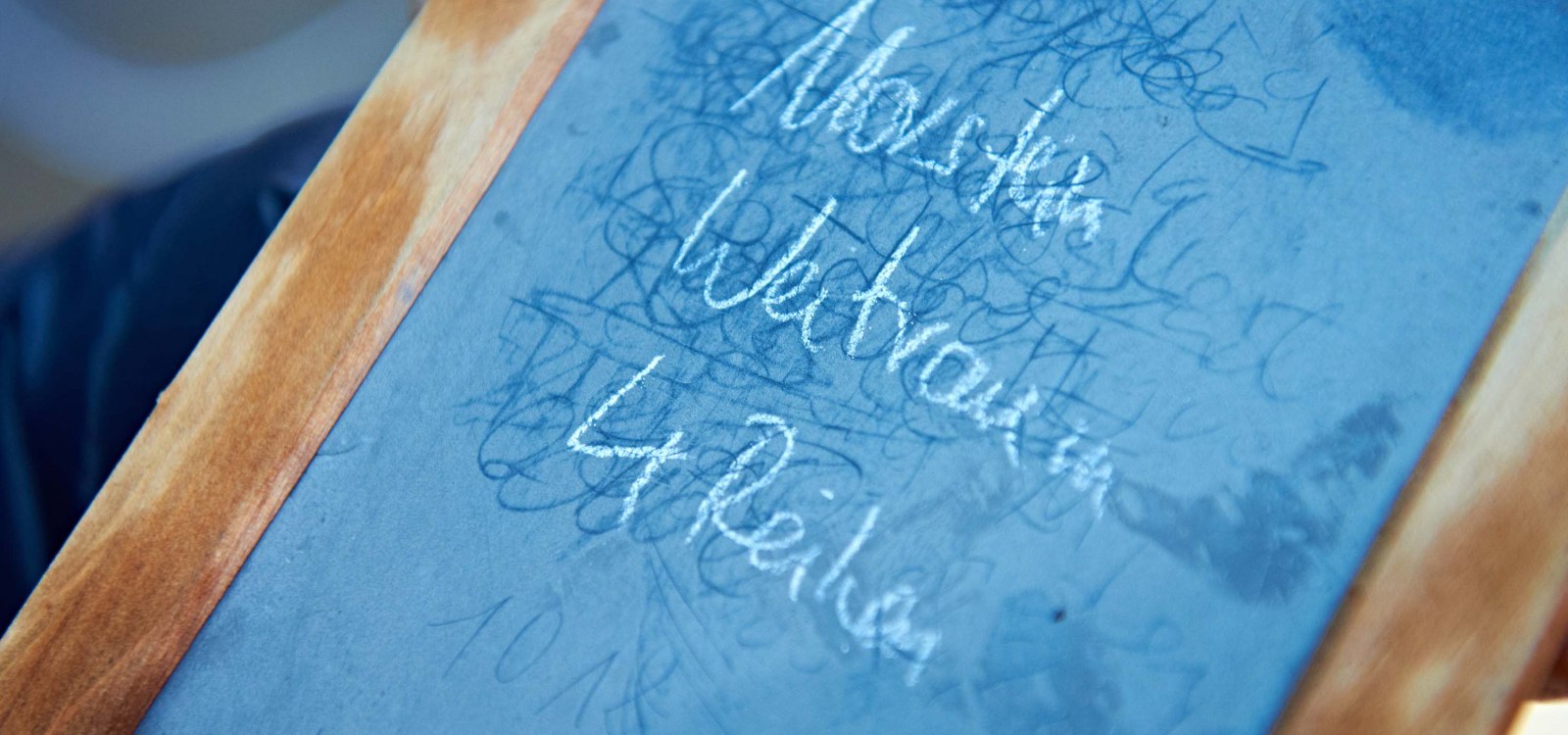

The ready-to-fill wine leaves the tank and is pumped into a filter system ( see filtration ). It then runs through hoses into the filling tank and through the filling valves into the bottles, which are placed on the bottling line by an employee. Then, the critical part begins, where the bottle is closed as quickly as possible. Afterwards, the bottles are externally rinsed with water and dried, in oder to prepare them for labelling. After labelling, another employee grabs the ready-to-drink wine bottles and…
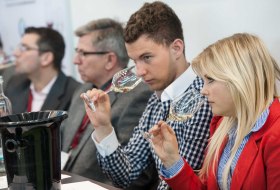
For many wine connoisseurs, the finish, or the aftertaste of the wine, is a very important point for the overall quality of the wine. A long finish indicates a great wine, small wines end rather short and thin.
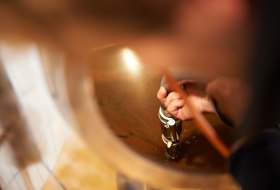
Separation of the young wine from the sediment in the barrel, the deposit (also called lees). During the racking, the clear wine is taken out and pumped into another barrel. The remaining wine with the lees is used for making "Hefebrand" (a brandy like drink made with the yeasty wine). However, it can also be brought back to the vineyard and be spread there as organic fertilizer.

Although the natural alcohol content of a wine is not really an indication of quality, it is a very important factor, when it comes to the level of ripeness for the grapes. In a very limited way, the alcohol content of a win may be increased, if it happens to be too low, due to natural circumstances. The actual alcoholic volume must be given in volume percentage (% vol) on the wine bottle label (= how many ml of alcohol are contained in 100 ml of wine).
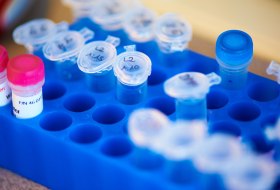
Before a wine can be sold, it must be chemically analyzed. This means that the wine is tested for alcohol, acidity, density, residual sugar and sulfur content.

Chaptalization is a narrowly permitted measure in the cellar, in order to improve the must or wine. Without compensation for the lack of alcohol, some wines could not be kept for long. In which wines this addition of sucrose is allowed and under what conditions is regulated by law very detailed and differentiated, in order to limit chaptalization to the absolutely necessary level and to avoid abuses. For some years, chaptalization has also been allowed by concentrating or by adding grape must concentrate.

Abbreviation for "Amtliche Prüfnummer" (Official Inspection Number) It is given to a wine, that has been recognized by the examining authority as a quality or predicate wine. The Official Inspection Number (APNr.) is composed of the abbreviation of this word, the farm number (consisting of the number of the inspection body, the number of the place of bottling and the code number of the bottling plant) and application number and year. Example: At the APNr. 4 725 012 001 16 would therefore be 4 = reference number of the Alzey…
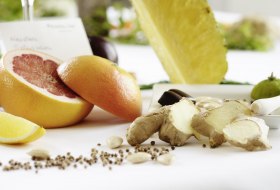
The approximately 600 aromas contained in wine, still have not fully been analyzed. Most of them develop during fermentation . They are, what makes wine such a unique drink. The aroma substances are partly detectable sensorically.

The maturation describes the time between fermenttion and bottling of the wine. it already is a wine after fermentation, but it is not yet drinkable. The ripening process is nothing more than the storage of the wine under controlled supply of oxygen. This can be done in wooden barrels (oxidative removal) or in stainless steel (reductive removal).

Shoot removal happens in spring, when the new shoots are about 10 to 30 centimeters long. For each grape variety , a certain amount of shoots is desired, all the others will be removed. These can be shoots, that will not have any grapes (shoots on the old trunk wood), shoots that are infertile or double shoots. This way, the remaining shoots will be supplied with sufficient nutrients.